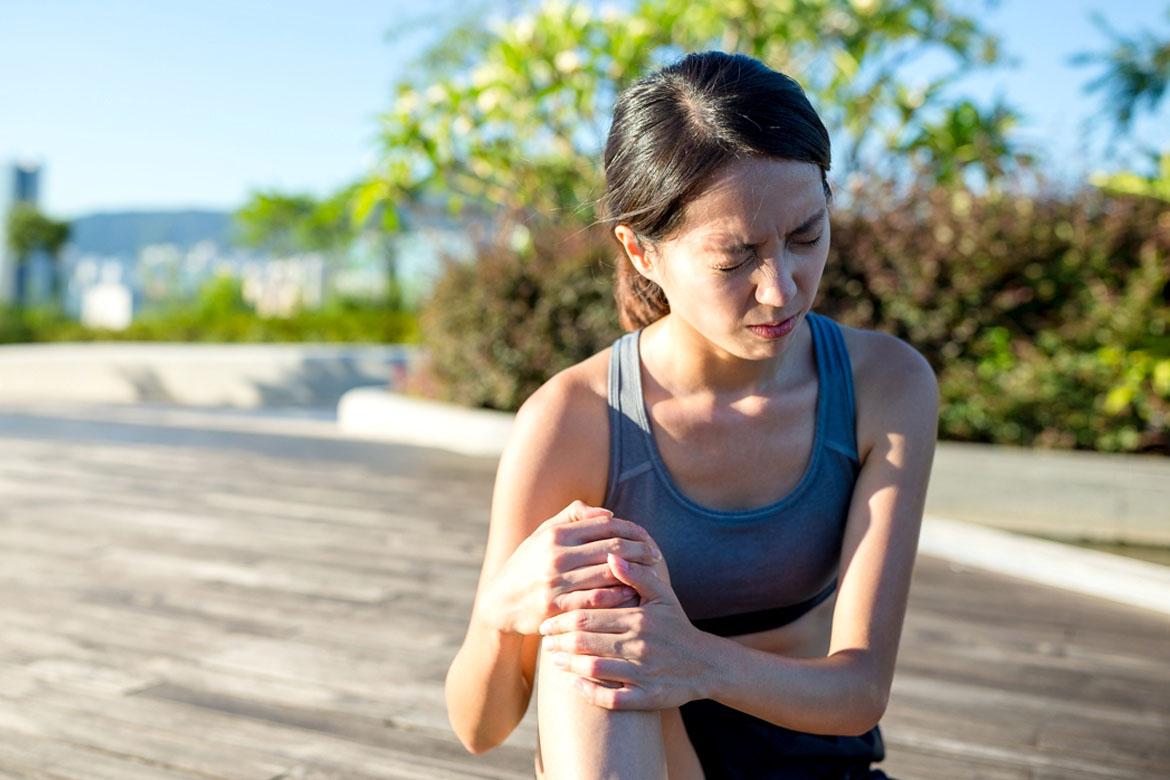-
-
Featured Care Areas

Anterior Cruciate Ligament (ACL) Tear
What is an ACL tear?
An anterior cruciate ligament (ACL) injury is commonly called an ACL tear.
The ACL is one of the main stabilising ligaments in the knee, connecting the thighbone (femur) to the shinbone (tibia).
What are the symptoms of an ACL tear?
Typical symptoms include:
- A popping sound when the knee ligament ruptures
- Pain immediately after an injury
- Pain when standing or placing pressure on the injured leg
- Difficulty with knee movements or reduced range of knee motion
- Feeling of instability, or loose knee joint, with the knee 'giving way' during daily activities
- Swelling of the affected knee within 24 hours
- Difficulty walking or limping while walking
What causes an ACL tear?
ACL tears commonly occur during sports and fitness activities that involve:
- Abrupt stops
- Sudden slowing down
- Sudden change of direction
- Pivots with the foot firmly planted
- Awkward landings from a jump
- Overextension of the knee joint
- Direct blows to the knee or collisions
What are the risk factors for an ACL tear?
Your risk of getting an ACL tear is higher if you:
- Are a woman.
- Have poor physical conditioning.
- Play sports that involve start-stop movements, pivoting or sudden changes in direction, as these movements cause the knee to twist or turn. Examples of these sports include soccer, basketball, netball, tennis, and gymnastics.
- Use poorly maintained or ill-fitting sports equipment.
- Wear ill-fitting shoes.
What are the complications and related diseases of an ACL tear?
If you have an ACL tear, you have a significantly higher risk of developing knee arthritis.
This increased risk remains regardless of whether the tear was surgically repaired. Experts believe that the inflammatory response of the knee to the injury itself contributes to arthritis.
About 1 in 2 people who experience a torn ACL will experience the onset of arthritis within 10 – 15 years. As ACL injuries are common among younger people and athletes, this could mean that the onset of arthritis can occur in the prime of their lives.
How do you prevent an ACL tear?
You can reduce your risk of an ACL tear by strengthening your leg muscles and practising good form.
Strengthening your leg muscles will help protect your knees. Exercises such as squats and lunges help with overall strengthening, and exercises that target the hamstrings may be especially helpful.
When you practise good form, your improved core strength and balance make you more stable and less likely to injure your knees. Practising good form means:
- Landing evenly on both feet
- Bending your knees when landing
- Aligning your body and feet while landing
- Keeping the knees shoulder width apart while landing
This page has been reviewed by our medical content reviewers.
Need help?
For enquiries, please call
+65 6377 3737
For appointment bookings, please WhatsApp
+65 8111 3777




